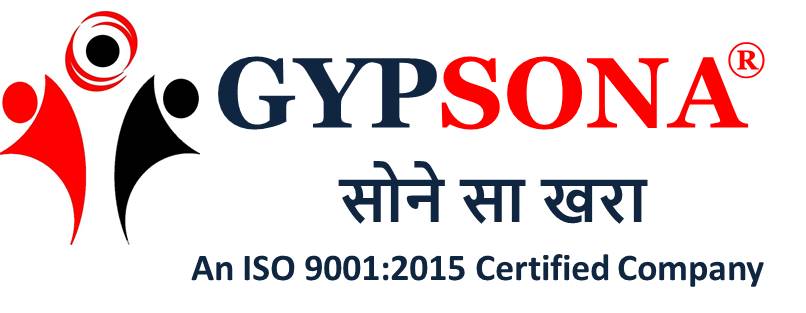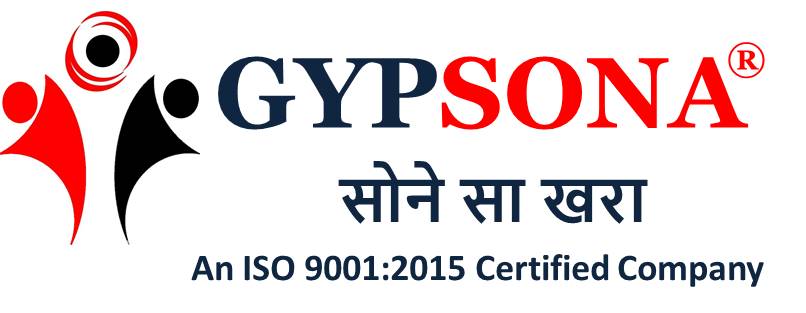09 Mar The Magic of Plaster of Paris: Understanding POP’s Many Uses
Plaster of Paris, commonly known as POP, is a versatile material that has been used for centuries in various fields. It is a white powder made from gypsum, a mineral that is found in abundance in nature. When mixed with water, POP hardens into a solid mass, making it an ideal material for building and crafting projects.
The history of POP can be traced back to ancient Egypt, where it was used to create ornamental sculptures and decorations. Its use spread to ancient Greece and Rome, where it was used to create intricate and detailed plaster castings. Today, POP is widely used in various industries, from construction to art and crafts.
POP is a popular material in the construction industry because it is easy to work with, cost-effective, and versatile. It is used to create decorative mouldings, cornices, and ceiling roses that add a touch of elegance and style to buildings. It is also used to make false ceilings and partitions that help create a unique look and feel in homes and offices. The material’s ability to harden quickly makes it an excellent choice for repairing damaged walls and ceilings.
In the medical industry, POP is used to make casts for broken bones. The plaster is applied to the injured area, and as it hardens, it immobilizes the bone, allowing it to heal correctly. The material’s ability to be molded and shaped to fit the body makes it a popular choice for creating orthotic devices such as splints and braces.
POP is also used in the art and craft industry. It is used to create sculptures, figurines, and other decorative items. Its ability to be molded and shaped makes it an excellent material for creating intricate designs and patterns. Artists also use it to create molds for metal casting, allowing them to produce replicas of their sculptures in a range of materials.
In the education industry, POP is used to create teaching aids and models. It is used to create models of historical buildings, scientific models, and anatomical models for use in biology and medical classes. The material’s ability to be molded and shaped makes it an excellent choice for creating realistic and accurate models.
POP’s versatility extends beyond the industries mentioned above. It is also used to make masks and prosthetics for movies and theatre productions. It is used to create dental impressions for dentists and orthodontists. It is used in the food industry to create molds for chocolates and candies. POP is even used in the automotive industry to create prototypes and models of new designs.
One of the benefits of POP is its affordability. It is an inexpensive material that is readily available in most hardware stores. It is also easy to work with, making it a popular choice for DIY projects. With a little bit of creativity and imagination, you can create a range of items using POP, from decorative ornaments to functional objects.
When working with POP, it is important to follow safety guidelines. The material can cause skin irritation and respiratory problems if inhaled or ingested. It is essential to wear gloves, a mask, and protective clothing when working with POP. It is also important to mix the material properly and use it within the recommended timeframe to ensure that it hardens correctly.
In conclusion, Plaster of Paris is a versatile material with many uses in various industries. Its ability to be molded and shaped makes it an excellent choice for creating intricate designs and patterns. It is also affordable and easy to work with, making it a popular choice for DIY projects. With proper safety measures in place, POP can be a fun and rewarding material to work with, allowing you to create a range of items that are both beautiful and functional.


No Comments